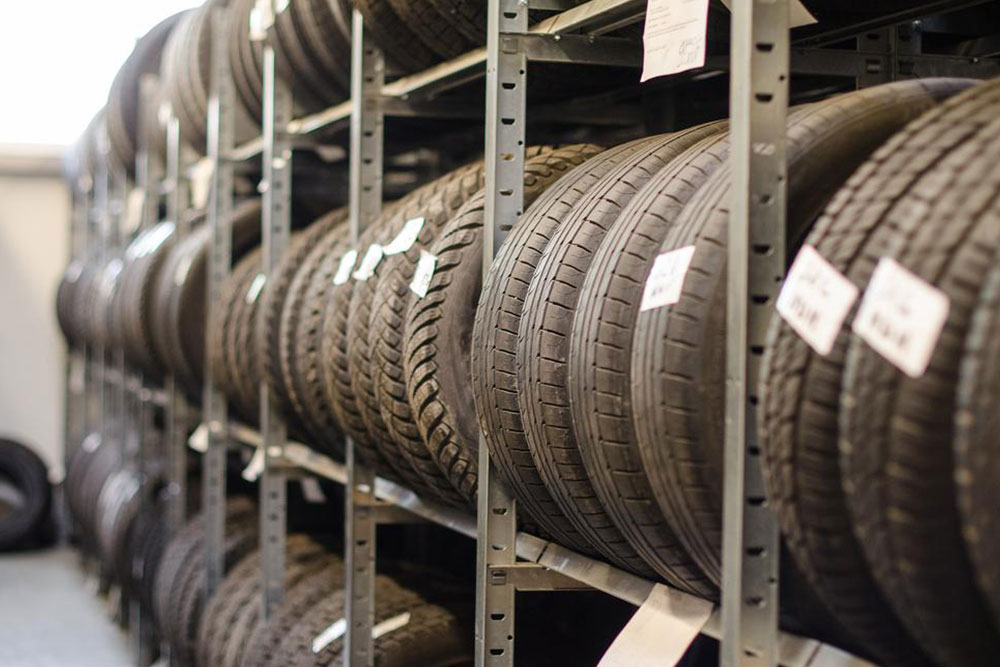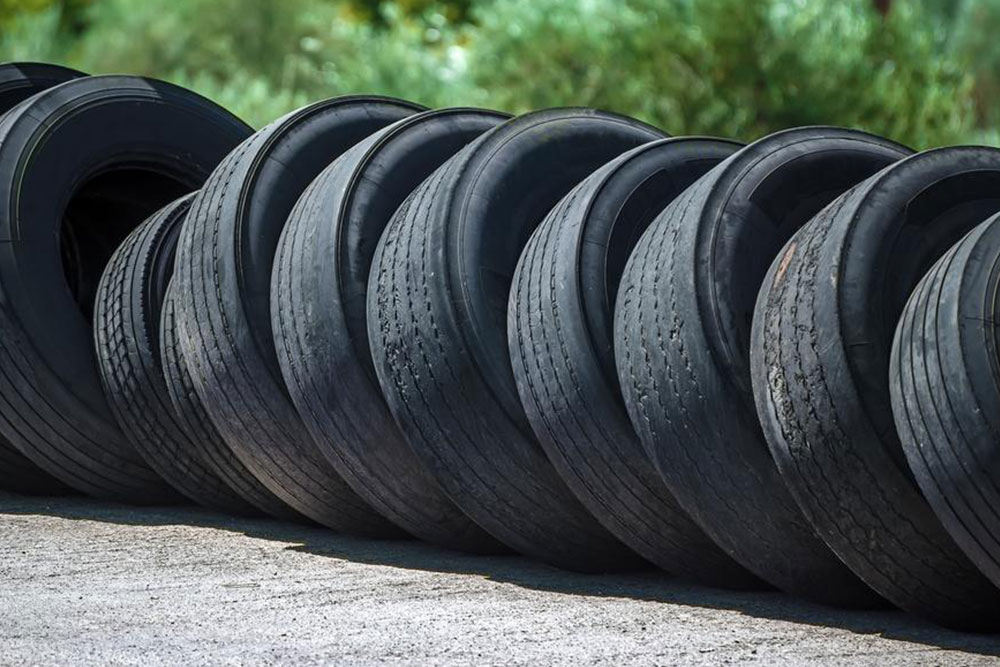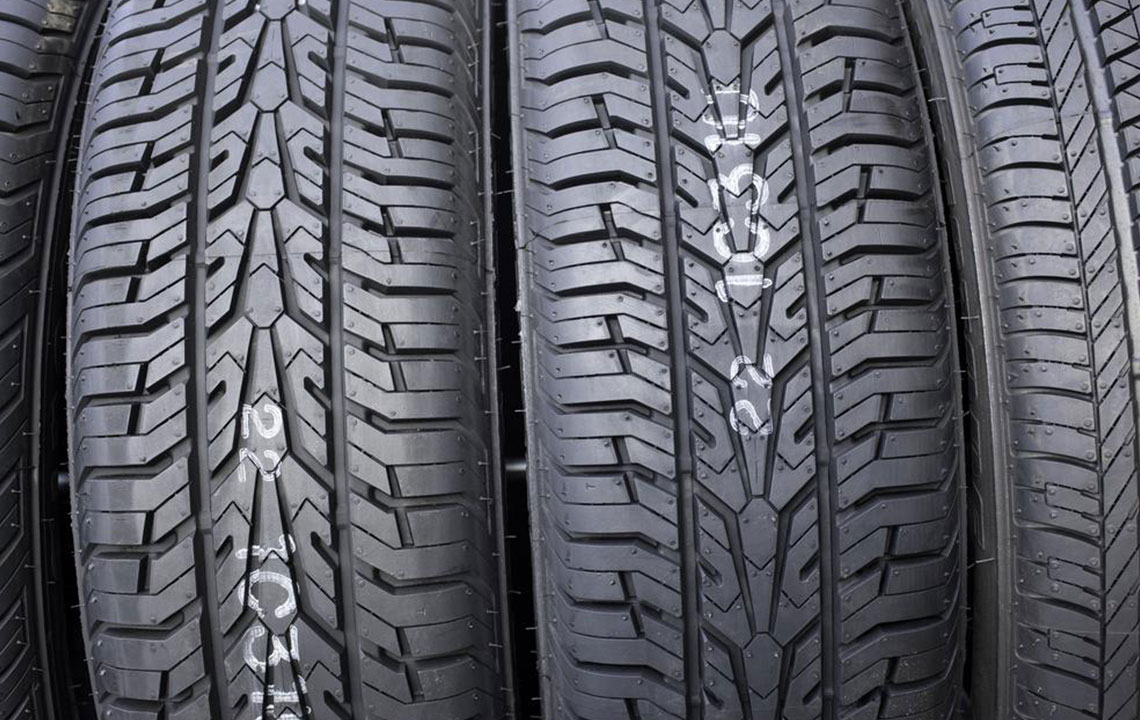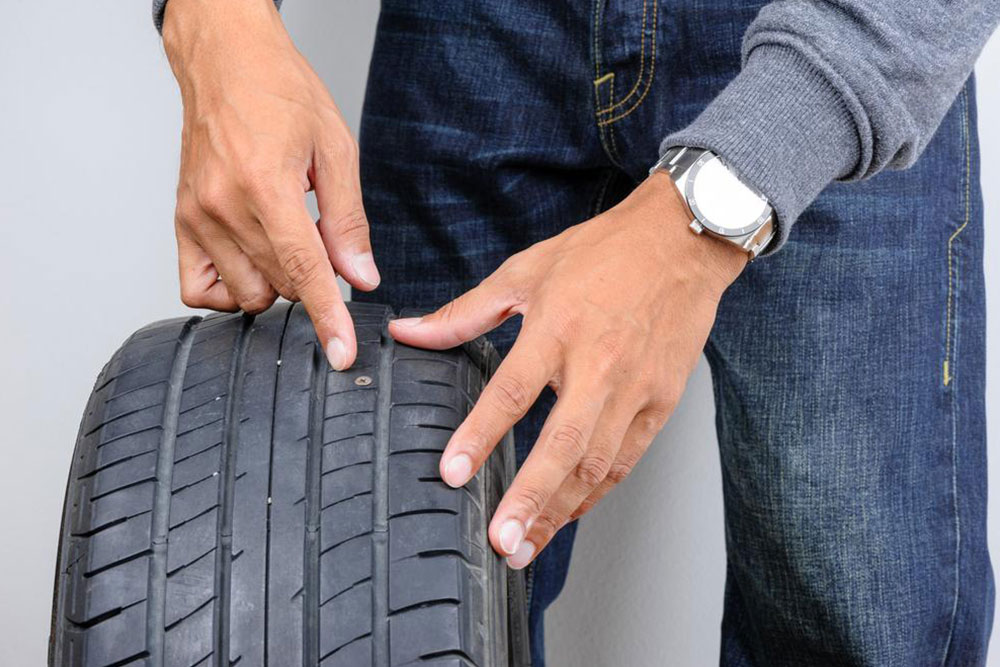The Evolution and Future of Tire Technology: From Invention to Innovation
Explore the rich history and future prospects of tire technology, highlighting innovations from the invention of pneumatic tires to modern, eco-friendly, and smart tires. Learn how advances in materials and design continue to improve safety, efficiency, and sustainability in the automotive industry.

The Evolution and Future of Tire Technology: From Invention to Innovation
The history of tire technology is a fascinating journey that highlights human ingenuity and continuous innovation. It all began with the pioneering work of French entrepreneurs André and Édouard Michelin, who revolutionized transportation by creating the first pneumatic tires for vehicles. Their groundbreaking design and innovation significantly contributed to the development of modern automobiles, transforming mobility worldwide.
In the late 19th century, during the 1895 Paris-Bordeaux race, Michelin's pneumatic tires proved their efficiency, durability, and performance, earning widespread recognition across Europe. This event marked a turning point for tire technology, transitioning from solid rubber tires to inflatable, air-filled tires that provided a smoother ride and better handling. As a result, regulations were implemented to phase out solid tires on public roads in favor of these innovative pneumatic options. The core design of these early pneumatic tires consisted of an air-filled tube encased within a fabric reinforcement layer, which was further coated with rubberized cords for added strength. This fundamental design laid the groundwork for decades of subsequent advancements in tire manufacturing.
Over time, manufacturers introduced modifications and improvements, creating various tire constructions such as bias-ply and radial tires. Bias-ply tires, popular in the early 20th century, consisted of layers of fabric or cord plies running at an angle, offering decent durability but limited performance in terms of rolling resistance and fuel efficiency. The development of radial tires in the 1940s marked a significant breakthrough. Michelin introduced steel-belted radial tires in 1948, which provided numerous advantages including lower rolling resistance, better fuel economy, increased durability, and improved handling and ride comfort. Although more costly to produce, these tires quickly gained popularity and became the industry standard.
Further innovations in the tire industry continued with the advent of tubeless tires. Introduced in 1955 by BFGoodrich, tubeless tires eliminated the need for an inner tube, reducing the risk of blowouts and making maintenance easier. They also contributed to smoother driving experiences by maintaining consistent tire pressure and enhancing safety. As materials and manufacturing processes advanced, modern tires incorporated synthetic rubbers, specialized treads, and composite materials designed to improve safety, grip, and longevity.
Today, tire technology is at the forefront of automotive innovation, with ongoing research focused on sustainability, safety, and efficiency. Advances include run-flat tires, which allow continued driving after a puncture, and smart tires embedded with sensors that monitor pressure, temperature, and tread wear in real time. Additionally, eco-friendly materials and manufacturing processes aim to reduce environmental impact, such as biodegradable compounds and recycling initiatives. The push toward electric vehicles has also spurred the development of tires optimized for reduced rolling resistance and energy efficiency, which are crucial for extending the range of electric cars.
In conclusion, the evolution of tire technology demonstrates a relentless pursuit of improved performance, safety, and environmental responsibility. From the early pneumatic tires showcased in 1895 to advanced, smart, and sustainable tires today, continuous innovation drives the industry forward, shaping the future of transportation. As global mobility continues evolving with autonomous vehicles and electric mobility, tire manufacturers are set to innovate further, ensuring safer, more efficient, and environmentally friendly solutions for drivers worldwide.
Development of tire technology
Radial and tubeless innovations
Automotive safety advancements





